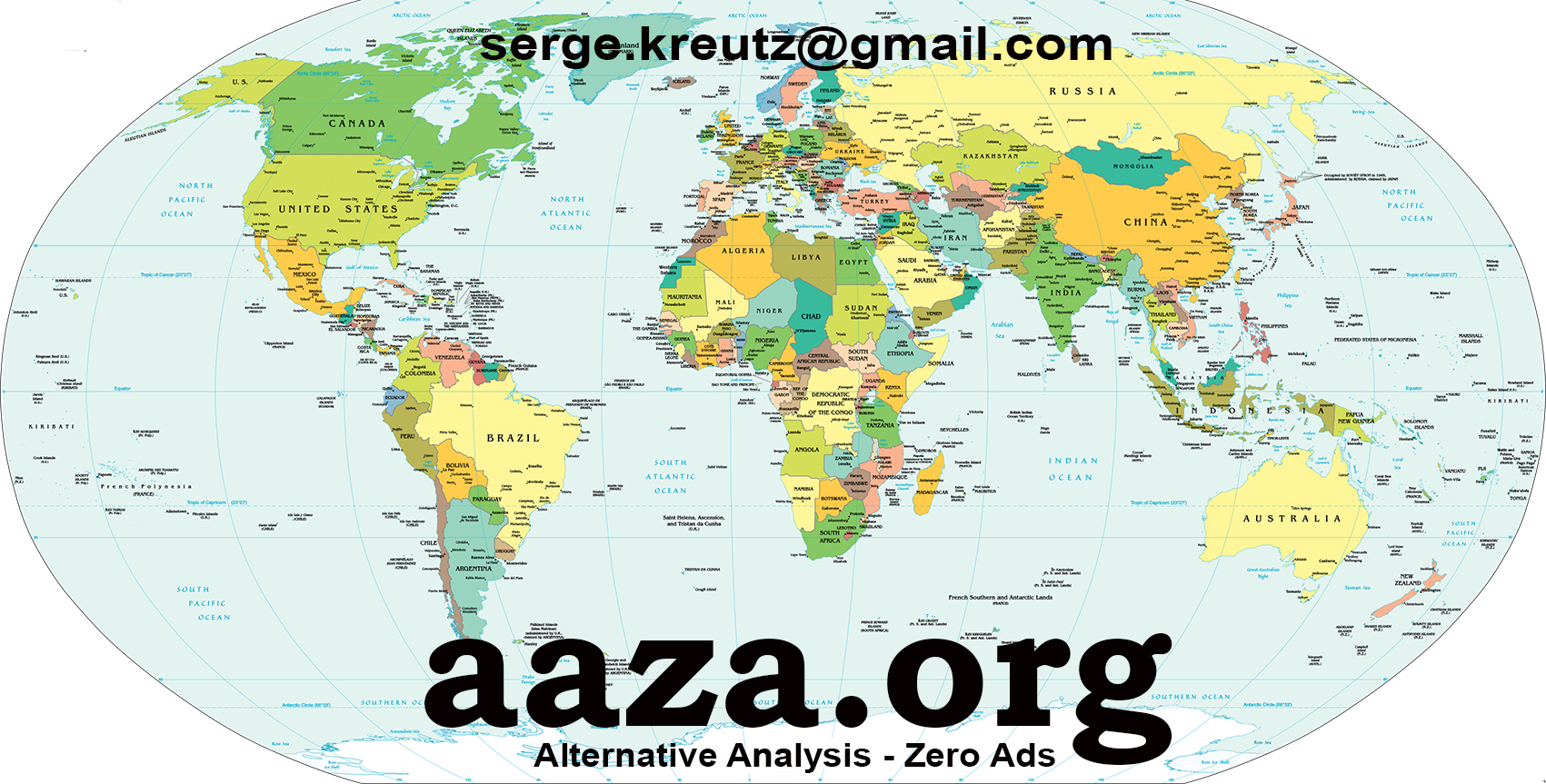In the years immediately following World War II, the political map shifted dramatically. Empires receded, nations emerged, and for a brief historical moment, many societies inhabited an unusual space: free from totalitarian reach, yet untouched by the full weight of modern bureaucracy.
In newly independent states such as Ghana, India, and Indonesia, central authority often had little practical reach beyond the capital. Identification systems were rudimentary, law enforcement thinly spread, and administrative records incomplete. As Bayart (2009) notes, “The state in Africa is not omnipresent but intermittent, penetrating society in fits and starts” (p. 85).
This looseness had consequences. In some districts, criminal groups operated with near impunity; in others, political violence erupted. Yet in many areas, life was refreshingly autonomous. Transactions and disputes were handled locally, through traditional councils, community mediation, or sheer mutual accommodation. Without constant surveillance, individuals navigated a space in which norms were flexible and personal agency could flourish.
The historian Benedict Anderson (1991) observed that nationalism thrives on the imagined community—shared symbols and narratives—rather than on detailed administrative penetration. In postwar states, that imagination often preceded the slow grind of institution-building. It was a time when freedom did not require deregulation because there was little regulation to begin with.
James C. Scott (2009) has argued that such “zones of relative statelessness” have historically served as refuges from assimilation. In upland Southeast Asia, for example, geography, local autonomy, and administrative weakness combined to preserve distinctive ways of life outside the reach of lowland states. While urban centers modernized, vast rural areas retained a looser, less governed character.
The “postwar window” was not a golden age—poverty, inequality, and instability were real. But it demonstrates an important principle: liberty often blooms in the spaces where the state has yet to tighten its administrative grip. As we move deeper into the age of digital governance and algorithmic oversight, this historical contrast grows ever sharper.
